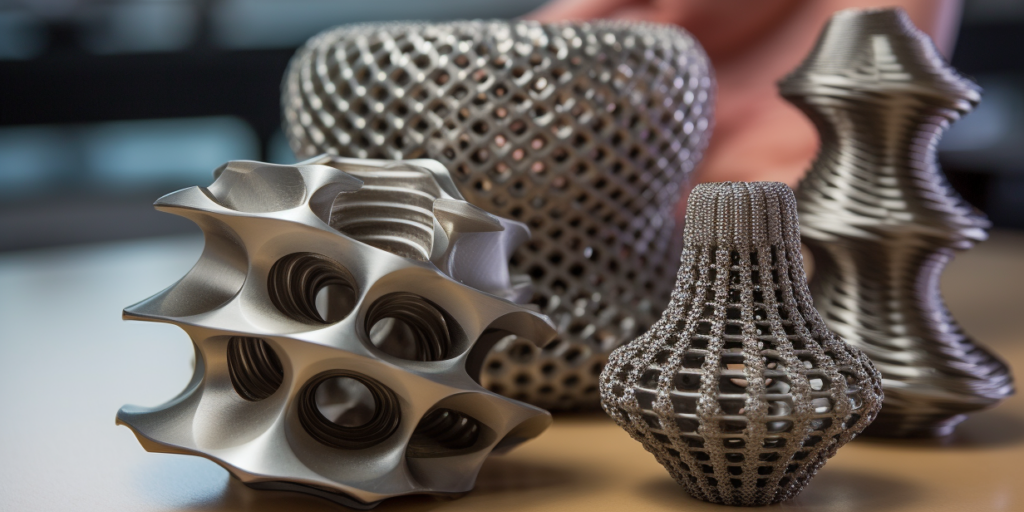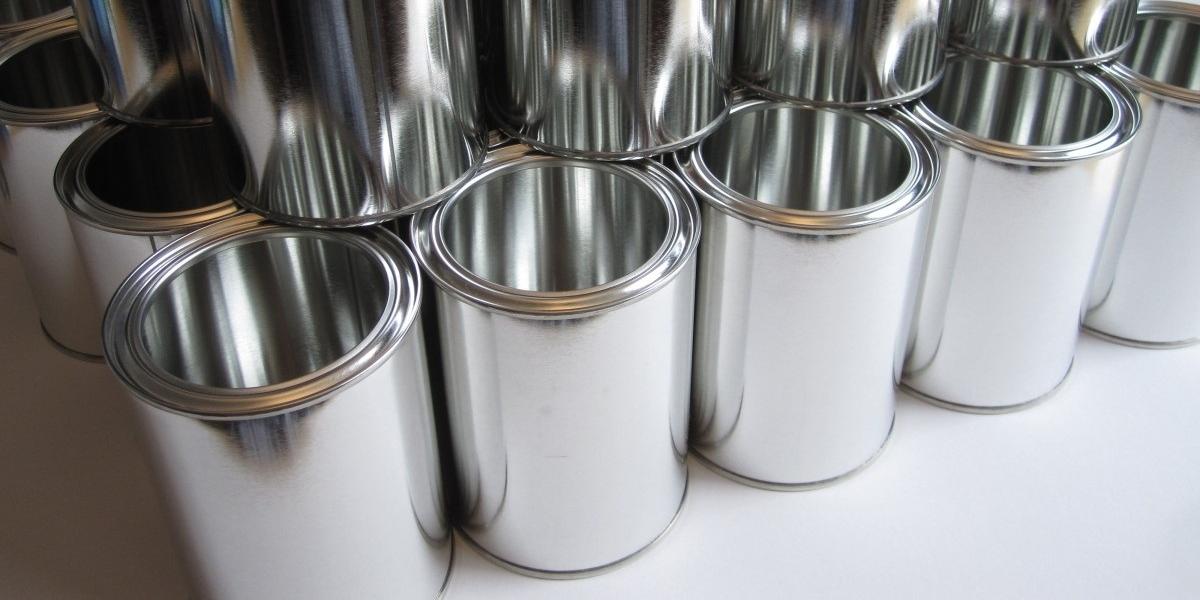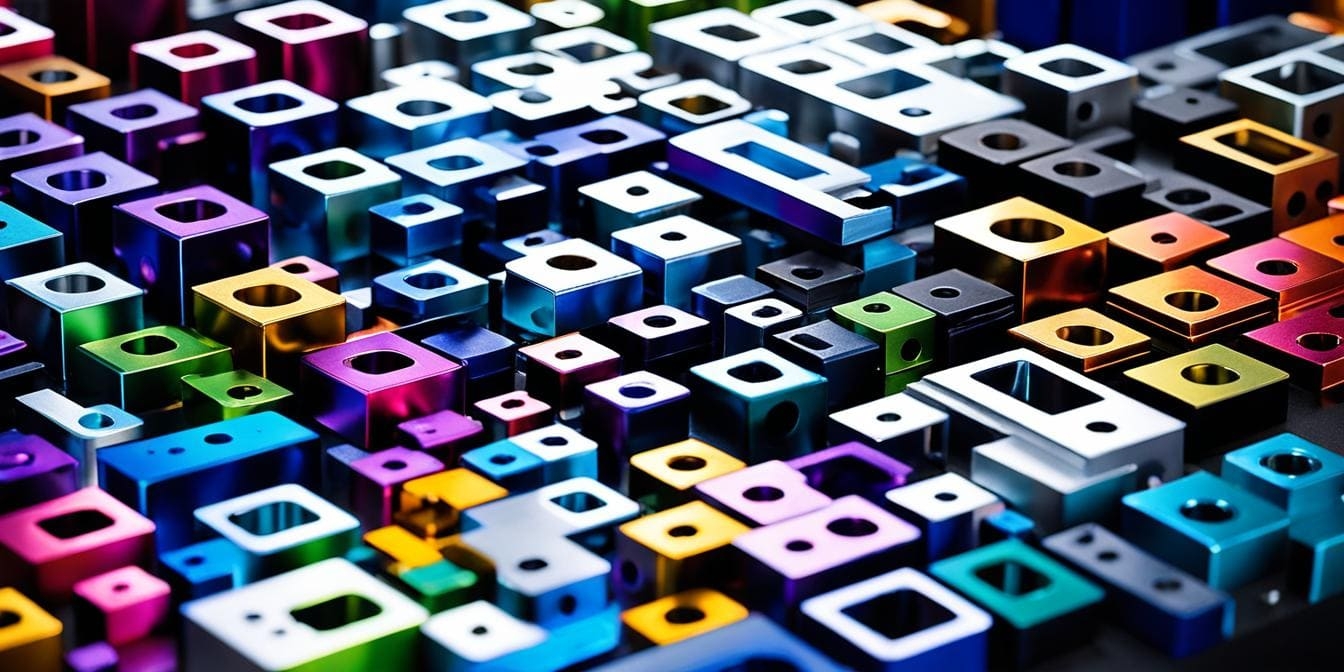Two-part epoxy resin is an excellent industrial material (XMAKE uses them primarily for injection molding). It is formed by two components(resin and hardener), resulting in a durable and strong material.
Nonetheless, the characteristics of this material are distinctly particular and may easily be conflated with various other substances, making it imperative to differentiate between them.
This article is a comparison of epoxy resin with four common materials.
Epoxy Resin Kit
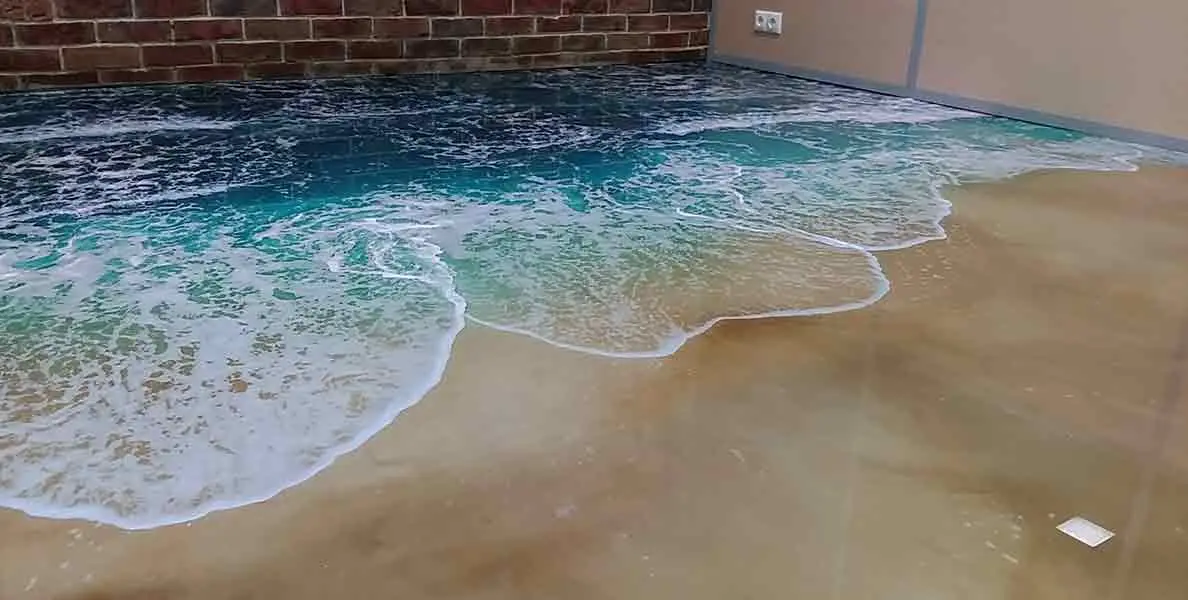
Epoxy resin is a versatile compound used for various applications, including making art, coating surfaces, and creating durable finishes. It is well suited for wood, metal, fiberglass, and concrete projects.
Chemical Composition and Key Properties of Epoxy
| Appearance |
|
| Composition(See below for details) |
|
| Density | Usually Between 1.1 – 1.25 g/cm³ |
| Hardness | Shore D 70-90 |
| Melting Point | 40°C – 150°C(Vary in different types) |
| Glass Transition Temperature | 50°C – 100°C |
| Thermal Conductivity | 0.1 – 0.3 W/(m·K) |
| Tensile Strength | 30 – 80 MPa |
| Shrinkage rate | Usually less than 2% |
| Stiffness | 2000 – 3000 MPa·cm³/g |
| Chemical Reactivity | Capable of curing by ring-opening reactions with a wide range of curing agents (e.g. amines, anhydrides, etc.) |
| Chemical Resistance |
|
| Thermal Stability | Maintains good physical properties at high temperatures |
| Specific Heat Capacity |
0.9 – 1.2 J/g·K |
| Thermal Diffusivity |
0.1 – 0.2 mm²/s |
| Electrical Insulation |
|
| Electrical Resistivity | 10^14 – 10^16 Ω·cm |
| Weathering Resistance |
Resistant to environmental factors such as temperature, humidity, acidity, and alkalinity |
| Aging Resistance |
Little or no loss of adhesion after prolonged exposure to the outdoors or harsh environments |
| UV Resistance |
Absorbs and dissipates UV radiation effectively |
Resin
Usually, a liquid polymer contains epoxide groups, which are reactive sites that undergo polymerization when mixed with the hardener.
This reaction results in a strong, durable material that can bond to various surfaces.
The Hardener
Also known as a curing agent, which can be an amine, anhydride, or other chemical agent, plays a crucial role in determining the final properties of the epoxy.
The choice of hardener affects the curing time, temperature resistance, and overall mechanical strength of the cured epoxy.
Additives
Various additives may be included in the formulation to enhance specific characteristics, such as flexibility, thermal stability, or adhesion properties.
These modifications allow for a wide range of uses, from industrial coatings to high-performance adhesives.
Types of Epoxy
Epoxy Resin
Often used in coatings, adhesives, and composite materials.
This resin is known for its strong bonding capabilities and durability, making it ideal for the construction and automotive industries.
Conductive Epoxy
It incorporates conductive fillers to create electrical pathways.
This type is essential in electronics for circuit board assembly and repairs.
Flexible Epoxy
This type is designed to withstand bending and stretching, making it suitable for automotive and aerospace components.
High-Temperature Epoxy
This type can withstand extreme heat, making it perfect in aerospace and industrial settings where thermal stability is critical.
Common Applications and Production Uses Epoxy
It is widely utilized in various industries.
Construction
It is used for:
- Flooring systems
- Protective coatings
- Bonding materials
Its strong resistance to chemicals and moisture makes it ideal for environments that require robust and long-lasting solutions.
Automotive
It plays a crucial role in manufacturing parts and assemblies, providing a strong bond that can withstand high temperatures and stress.
Electronics
This material is used as an encapsulant to protect sensitive components from moisture and mechanical damage.
Arts and Crafts
It is particularly important in creating decorative items and surfaces.
Its versatility and ease of use make it a popular choice for DIY projects, offering a glossy finish and excellent adhesion to various substrates.
Polyaspartic vs Epoxy

These are two popular options for flooring solutions, each with unique properties and advantages.
| Epoxy | Polyaspartic | |
| Suited Scenario | Environments exposed to harsh substances | Commercial spaces or industrial facilities |
| Curing time | Much longer | Rapid, allows for installation and use on same-day |
| Facing UV | Relatively worse | Preventing yellowing and degradation over time |
| Cost | More affordable | More expensive |
| Durability | Provides a strong and rigid surface that can withstand heavy foot traffic | Relatively worse |
Polyurea vs Epoxy
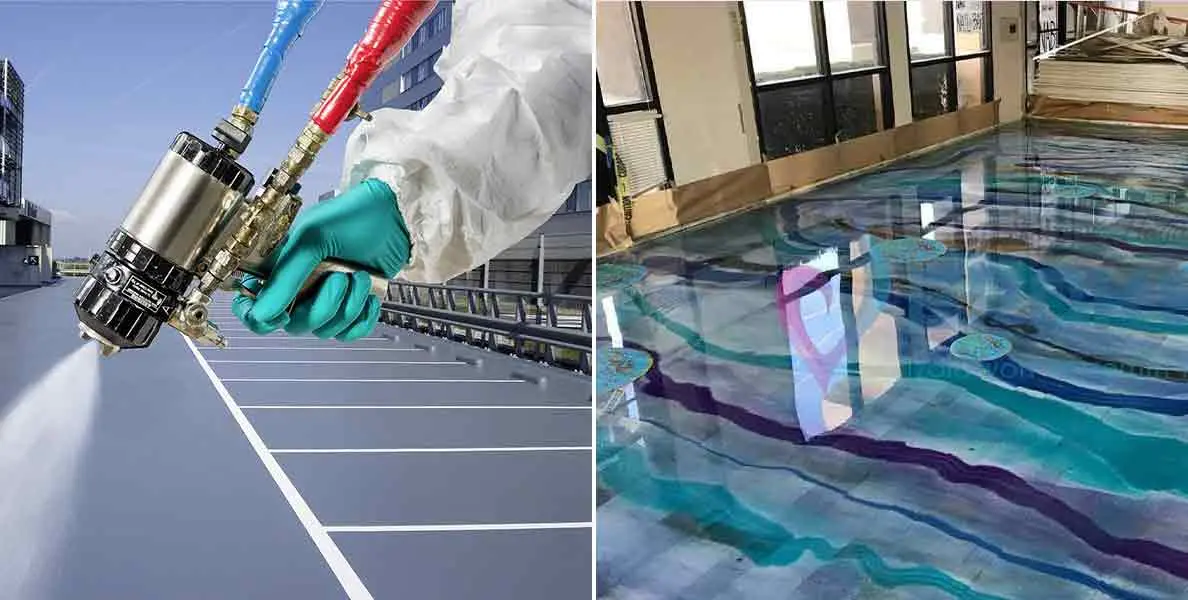
They are two popular types of coatings, each with distinct characteristics and benefits.
| Epoxy | Polyurea | |
| Suited Scenario | industrial flooring and stuff in heavy-duty environments | Outdoor objects and stuff in harsh conditions |
| Curing Time | More slowly | Fast turnaround speed |
| Adhesion | Better | Worse |
| Surface Preparation | Better | Worse |
| Durability | Good, but prone to yellowing | Not that durable |
Epoxy resin vs Polyurethane
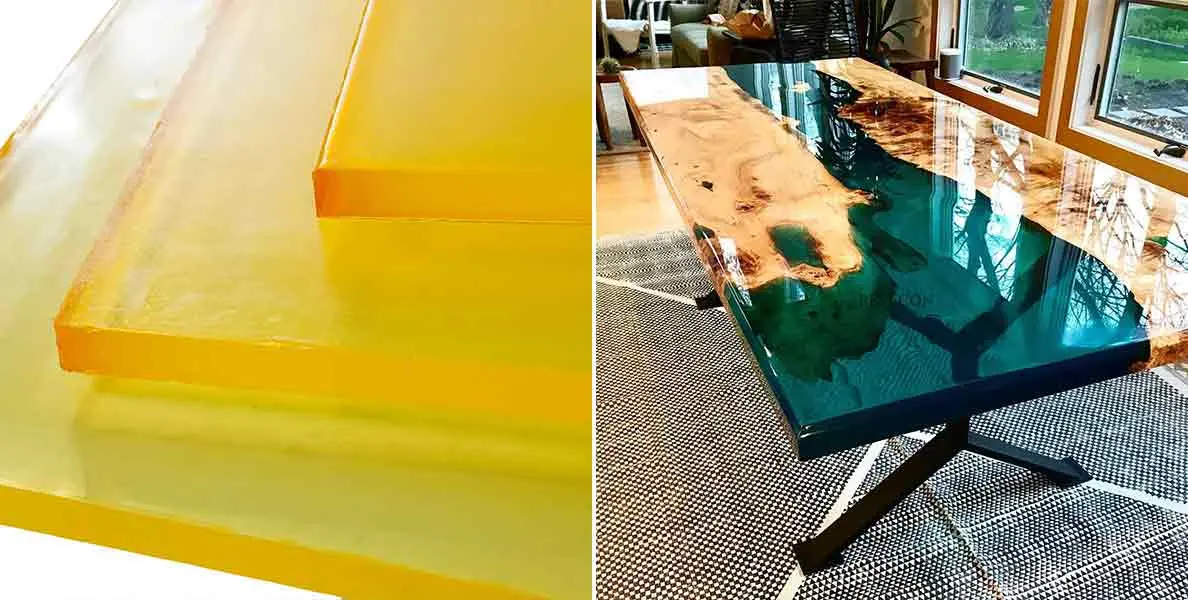
Both materials are used in:
- Coatings
- Adhesives and glues
- Casting
We also have an in-depth analysis of Thermoplastic Polyurethane(TPU). If you are interested, please click here.
| Epoxy | Polyurethane | |
| Suited Scenario | Industrial and automotive | Furniture finishes and flooring |
| Use Difficulty | Easy | Require more careful handling |
| Precision | Better | Worse |
| Adhesion | Better in sealing | More elastic |
| Mechanical Property |
|
|
| Moisture | More durable | More sensitive |
Epoxy vs Acrylic

Both materials are used for their unique properties and advantages.
We also have an in-depth analysis of acrylic. If you are interested, click here.
| Epoxy | Acrylic | |
| Suited Scenario | Structure and coating | Artistic projects and crafts |
| Appeal | Usually transparent(full or half) | More aesthetically preferred and available in many colors |
| Longevity | More durable | Less durable |
| Mixing and Curing | Require precise dealing | Easy of use |
| Facing Moisture | More waterproof | Dry faster |
Choose an Epoxy Resin for Plastic Injection Molding
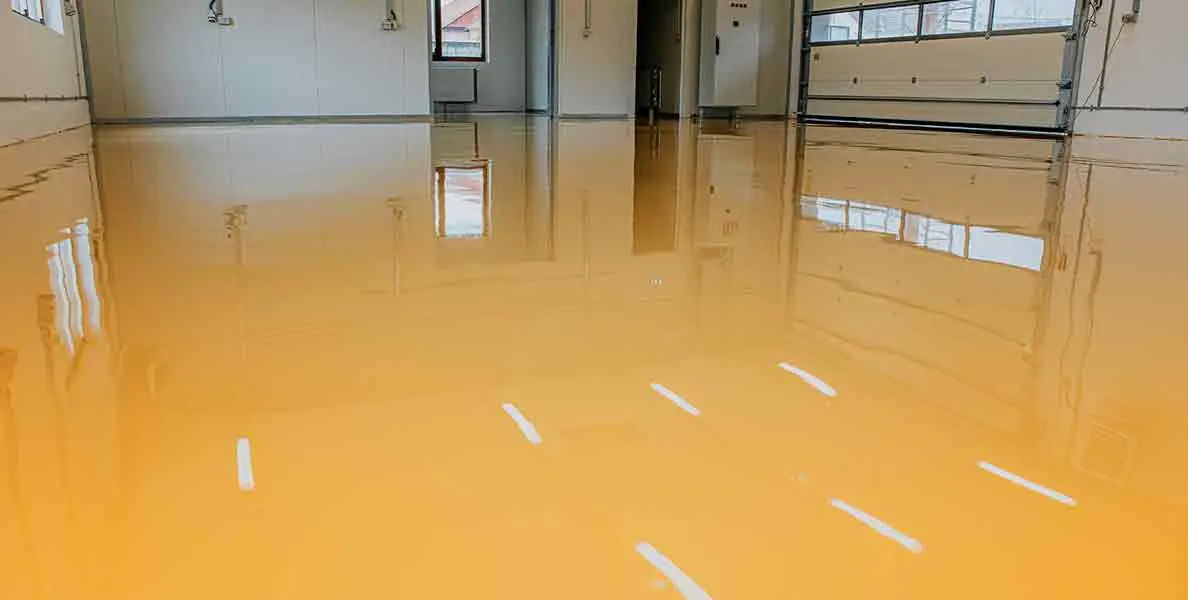
As the world’s leading digital manufacturing platform, epoxy is one of the common materials used in our injection molding services.
XMAKE always carefully deals with customers’ requirements. Click here for the best results.
FAQ
Q1: What is the mixing ratio for epoxy?
A: The mixing ratio typically varies depending on the product. It is essential to follow the manufacturer’s instructions to ensure the resin hardens properly and achieves the desired viscosity.
Q2: What should I do to prevent bubbles when applying epoxy resin?
A: To minimize bubbles, mix slowly and avoid whipping the resin. You can also use a heat gun or a torch to pop any bubbles that form during the curing process.
Q3: Is it a good idea to use epoxy for marine applications?
A: Yes, it is often used in marine applications due to its strong adhesive properties and resistance to water and salt. Ensure you use a marine-grade epoxy for best results.
Q4: How can I add color to my epoxy resin project?
A: You can add color by using specialized pigments or dyes that are compatible with the resin. Be sure to follow the recommended mixing instructions to maintain the proper viscosity.
Reference
- 5.1 Definition, Classification, Characteristic Index, and Preparation Process of Epoxy Resin. (n.d.). https://www.zhihu.com/market/pub/120033860/manuscript/1289562371783630848
- In-depth analysis: the role and application of epoxy resin in high-performance materials- Guangzhou Huili Electronic Materials Co. (n.d.). https://www.wellselectronic.com/xinwenzhongxin/xingyexinwen/290.html


